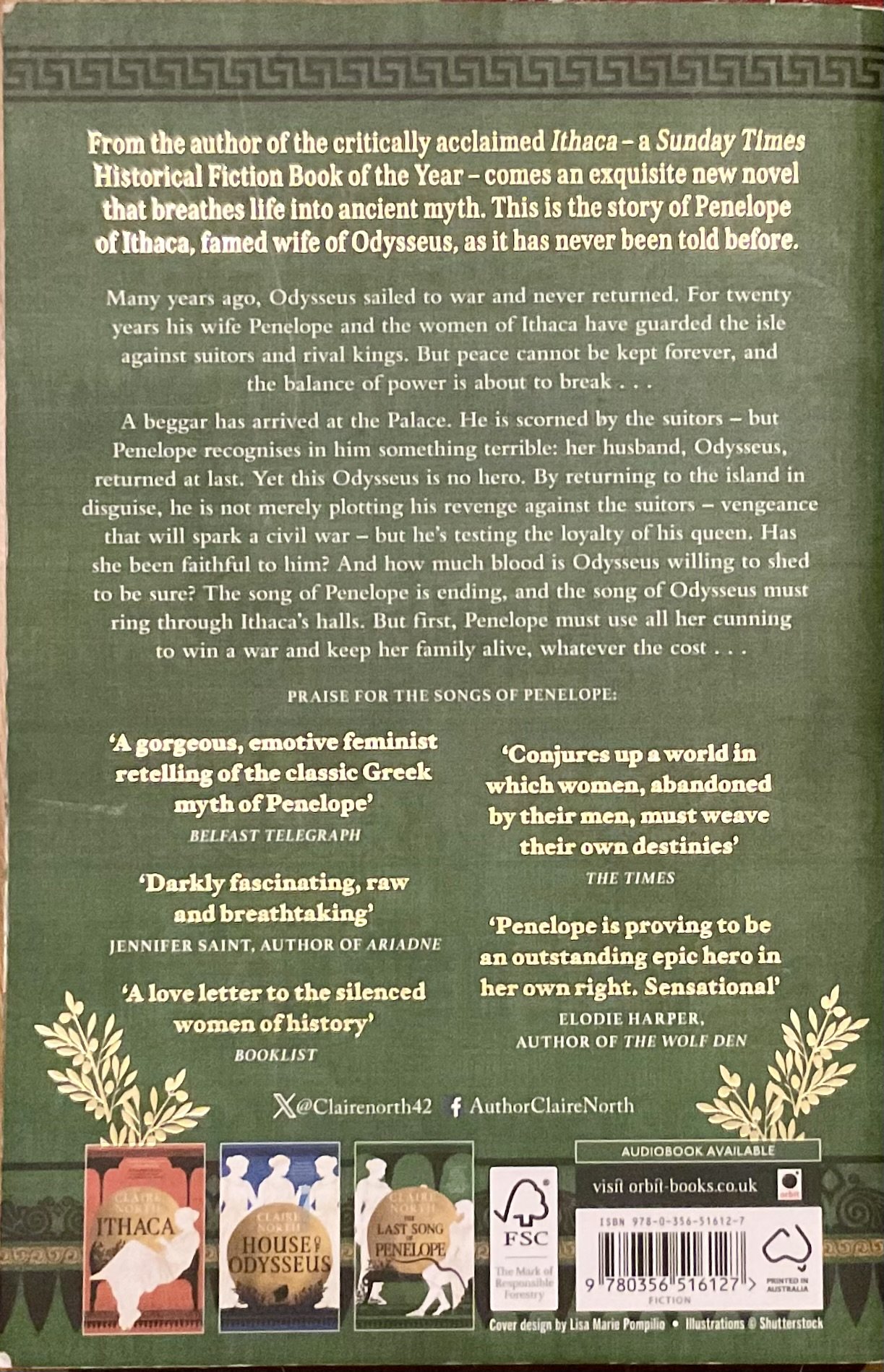Studio progress Sept/Oct 2024
I am still interested in the story of Penelope in Homer’s The Odyssey, and her making and unmaking of the shroud which for her was so critical for her, a feminist act in order to fend off suitors but also a strategic plan to maintain her kingdom and a faith that her husband would return. I read Claire North’s novel, The Last Song of Penelope, a feminist retelling of the myth of Penelope, where ‘women must weave their own destinies’ (review, The Times), which ties in with the idea that women artists must write themselves into art history - the term écriture féminine which was coined by the French writer Hélène Cixous in 1970s, in her essay, The Laugh of the Medusa, that I stumbled across when reading around Ghada Amer’s practice. My initial ideas around gesture and mark making initially moved towards the idea of weaving and tapestry and the loose threads on the back face representing a reaction to the neatness of the presented face. This has now further evolved to incorporate the pattern and stitch in embroidery, and the historical relevance that those crafts had regarding women; the craft element of art making, the laboriousness, the subject matter of the embroidery pattern or tapestry weave.
My thinking around using Penelope as a motif in this body of work was that she must be one of the first recorded art makers who used the process of making and unmaking art. I looked at historical paintings that depicted the story of Penelope weaving and was surprised to find so many examples. In most of them she looks bored waiting, and in some she is asleep, after all she did have to wait twenty years for Odysseus’ return from his wild adventures. Claire North’s account in her novel describes Penelope having a much more dynamic wait, fending off suitors, invasions, farming, and re-building with an island of women as few men remained. There is a (male) presumption that Penelope waited patiently and this is revealed in the way in which the waiting was portrayed in these paintings. However, like the neat formal designs on tapestry, if we were to look at the back face, that period of time might have been spent very differently.
















